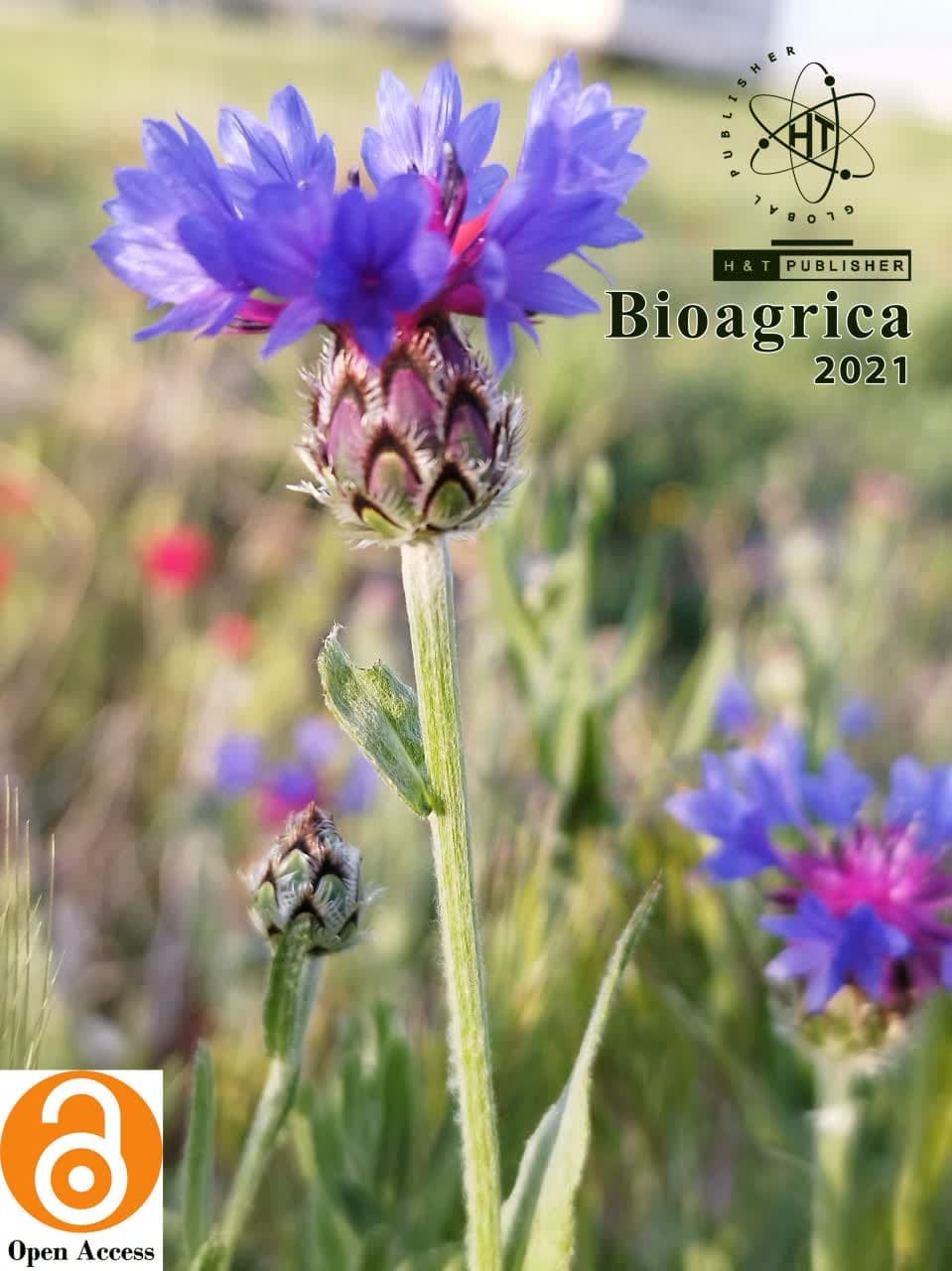
Authors
Entomopathogenic fungi, especially the genus Beauveria, are naturally the cause of disease and death in various insects. Molecular markers provide a valid method for studying the genetic diversity and population genetic structure of most living organisms, especially entomopathogenic fungi such as B. bassiana. Twelve isolates of Beauveria bassiana were prepared from the soil of 3 different climates of Iran (hot and humid, hot and dry, cold and dry). Grouping of B. bassiana isolates was performed using PCR-RFLP markers in rpb1 and rpb2 regions. To determine the genetic diversity of isolates after extraction of genomic DNA, the amplified DNA was cut with specific primers rpb1 and rpb2 using Hind III restriction enzyme and the pattern of polymorphic bands in agarose gels was 0 And 1 were drawn using MVSP software version 3.22. Trees obtained from rpb1 and rpb2 amplified fragments were plotted using the UPGMA clustering method using Simpson’s Coefficient. In clustering obtained from rpb1, except for Ahvaz isolates, all isolates in the hot and humid climate in the south of the country; Andimeshk, Poldakhtar, and Khorramabad, Yazd, and Kerman from Hot and dry climate were grouped. In this study, a pattern was not obtained under the geographical pattern, nevertheless, special results were obtained. For example, the isolates of Kerman and Yazd in both genes were placed next to each other and Boroujerd, Robatkarim, and Poldakhtar were placed in the same procedure.